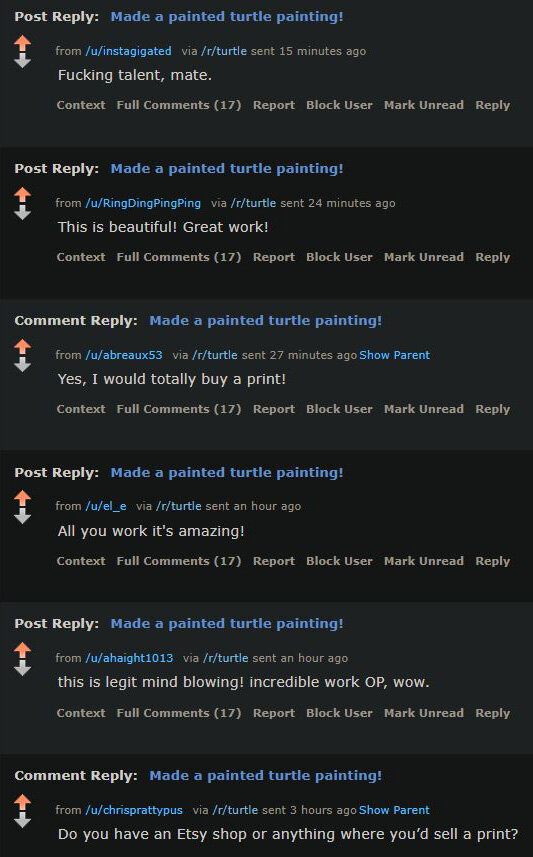I embraced social media early on (albeit with some healthy boundaries). I’ve had a personal website since high school that I built myself and hosted on my own domain. I also had a Xanga account in high school and early college, was an extremely early adopter of Facebook (my college was one of the first that Facebook expanded to), and obviously now keep a consistently updated blog which also feeds into my Twitter account. I am a member of several different online communities, and share my work in online galleries and publications as well as in print.
But I’ve resisted Instagram for one multifaceted reason - I’m a laptop person. I grew up right as computers and the internet came into force and had early and consistent access to them. However, mobile phones are a different story. While I had a friend or two in high school who had a cell phone, I never did. In fact, I didn’t have one through the first two years of college either. I finally got one in junior year, and then stuck with a basic cell phone through graduate school and into my early professional career even as smart phones became fairly common. I finally got a smart phone, too, and now am on my second one, but to this day I’ve never felt as comfortable with a phone as I do with a laptop.
Now you have to understand: Instagram doesn’t just discourage laptop usage in favor of mobile access; the company intentionally breaks the extensions that users write to sidestep the mobile requirement. I don’t know if it’s a target audience decision, or if there’s something in the coding, updating, and presentation that so strongly relies on mobile formatting that they want to force it, but there it is. I’ve downloaded a couple extensions in the past to try to trick the site into letting me use my laptop without success.
The problem is not only my general preference for laptops over phones. It’s also that I take all my professional photos with my digital camera, which is far better in quality than my smart phone’s camera. I also crop and color adjust my images in Photoshop, which is a computer-based software, so all of my imagery is pretty firmly linked to my laptop. It’s a hassle to have to repeatedly port over all of the photos I want to post to my phone. It’s not that I can’t do it, but with only so much time in the day, at some point you’ve got to prioritize some tasks over others. I figured I was doing enough on social media with the platforms I was using - my website and blog, Facebook, Twitter, online internet community participation, and various digital publications - so I decided to skip Instagram and hope that it was just a fad that would blow over.
But I reached a tipping point this week. My wonderful colleague Susan Nelson has recently joined Instagram and fallen in love, and I’m feeling left out of viewing her posts. My fantastic friend and chemistry collaborator Dr. John Pojman has asked me to join repeatedly and the guilt in not acceding to his wishes has gotten to me. Many other great friends, particularly internationally, have asked me to join as well. And finally, I have to grudgingly admit that Instagram is not a flash-in-the-pan phenomenon. It is sticking around. As an artist who wants to engage with as broad an audience as possible, and who also likes to stay technologically current, I can’t resist any longer. Instagram, here I come!
If you’re already on Instagram (and let’s face it, I’m a very late adopter here, so I expect you probably are) you can find me @shelbyprindaville. The profile is rather barren right now because I want to parcel out my artwork in new posts every couple of days until the backlog is cleared instead of vomiting it all up at once, but I intend to develop it and keep it up to date just as I do with the rest of my social media.
Here’s to progress!





